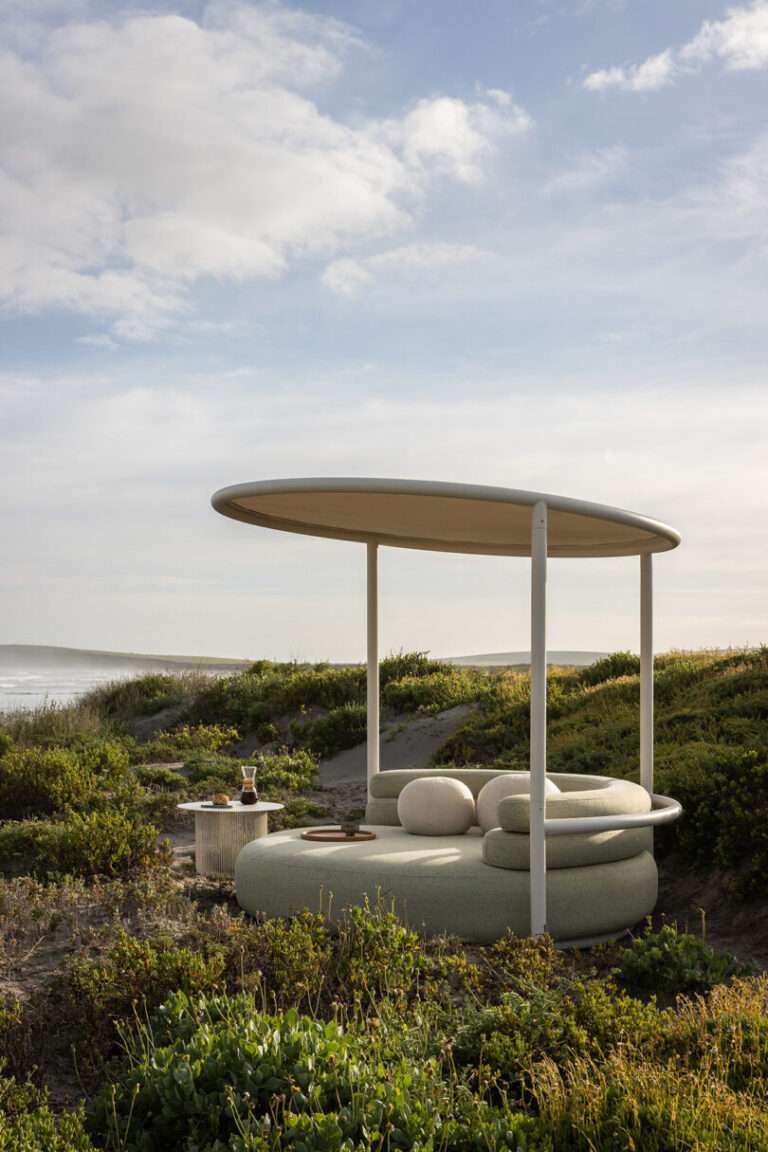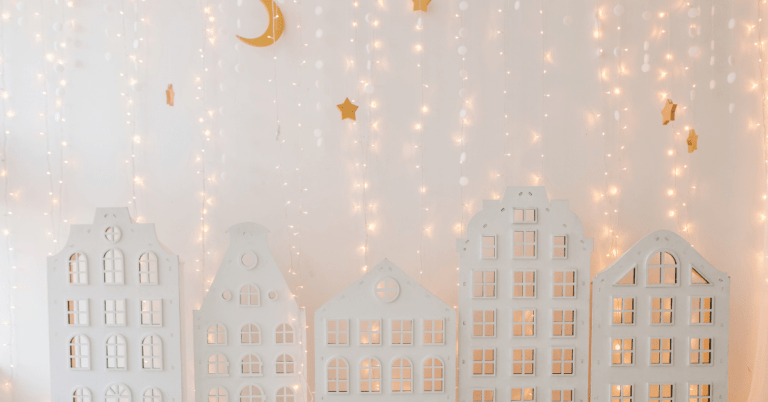In the bustling modern world, finding peace and simplicity in our living spaces can be a true blessing. Enter the Japandi style, a harmonious blend of Japanese minimalism and Scandinavian functionality. This hybrid aesthetic marries the best of both cultures, creating spaces that exude tranquility, elegance, and purpose. Japandi is more than just a design trend; it is a philosophy that embraces simplicity, natural materials, and a connection to nature. Whether you’re a design enthusiast or someone looking to refresh your home, Japandi offers a serene escape from the chaos of everyday life.
Imagine stepping into a home where every element has a purpose, and each piece of furniture brings a sense of calm and order. That’s the essence of Japandi. This style is characterized by clean lines, muted color palettes, and a mix of textures that create a cozy yet uncluttered environment. It’s about curating your space thoughtfully, choosing quality over quantity, and ensuring that everything in your home contributes to a sense of peace and well-being. With Japandi, less is truly more.
In this comprehensive guide, we’ll explore the fundamental principles of Japandi style and provide practical tips on how to incorporate it into your home. From choosing the right color schemes to selecting furniture and decor, you’ll find everything you need to transform your living space into a serene haven. So, let’s dive in and discover the beauty and simplicity of Japandi style.
What is Japandi Style?
Japandi style is a fusion of Japanese and Scandinavian design philosophies. It combines the Japanese principle of “wabi-sabi,” which finds beauty in imperfection and transience, with the Scandinavian concept of “hygge,” which emphasizes coziness and comfort. This blend creates a design aesthetic that is both functional and aesthetically pleasing, focusing on simplicity, natural materials, and a minimalist approach.
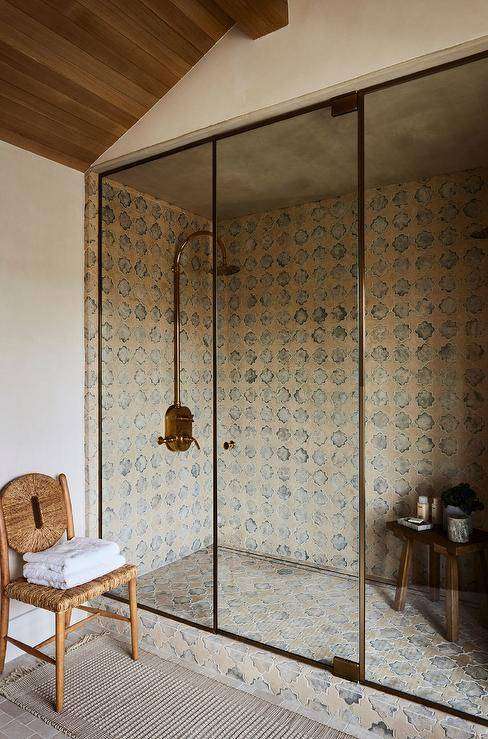
The Origins of Japandi Style
The term “Japandi” is a portmanteau of “Japanese” and “Scandi,” reflecting the seamless integration of these two design styles. Both Japanese and Scandinavian designs share a common appreciation for simplicity, nature, and functionality. By merging these elements, Japandi creates a unique and harmonious aesthetic that is perfect for contemporary living.
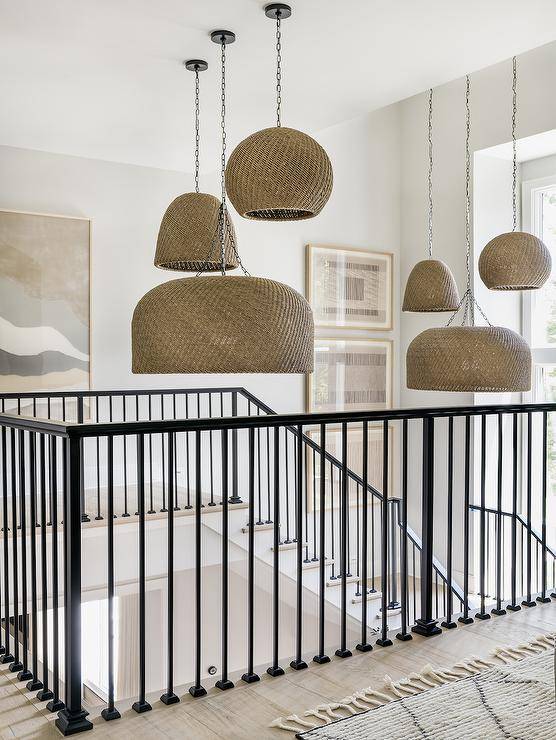

Key Elements of Japandi Style
When it comes to Japandi style, there are a few key elements that define this aesthetic:
- Minimalism: Focus on clean lines and uncluttered spaces.
- Natural Materials: Use of wood, stone, and other natural elements.
- Muted Color Palettes: Soft, neutral tones that create a calming atmosphere.
- Functional Furniture: Pieces that are both beautiful and practical.
- Handcrafted Decor: Items that add a personal touch and celebrate craftsmanship.
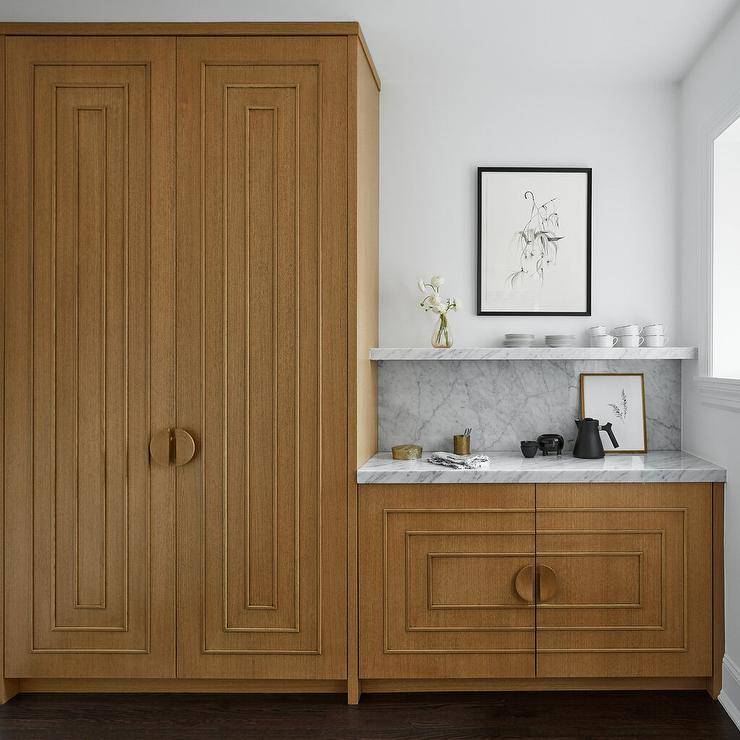
How to Choose the Right Color Palette
One of the defining features of the Japandi style is its color palette. Opt for soft, neutral tones such as beige, gray, and white. These colors create a serene backdrop that allows the natural materials and textures to stand out. You can also incorporate muted greens and blues to add a touch of color without overwhelming the space.
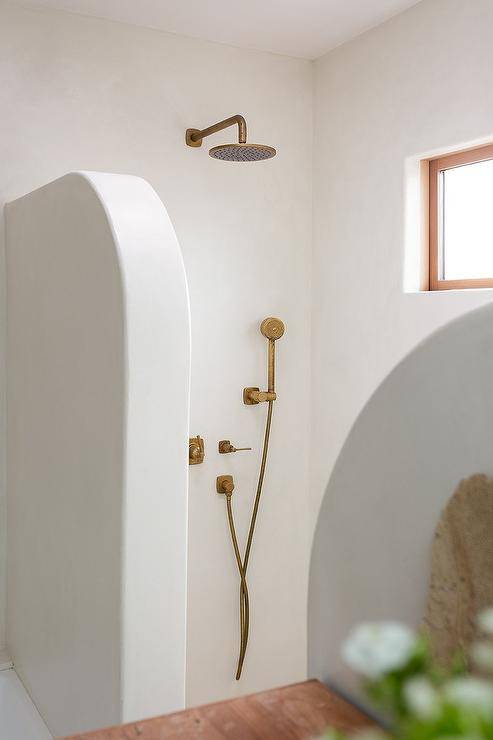
Selecting Furniture for Japandi Style
Furniture in Japandi style should be both functional and aesthetically pleasing. Look for pieces with clean lines and simple shapes. Wooden furniture with a natural finish is a great choice, as it adds warmth and texture to the space. Avoid overly ornate or bulky pieces and instead focus on items that are elegant and purposeful.
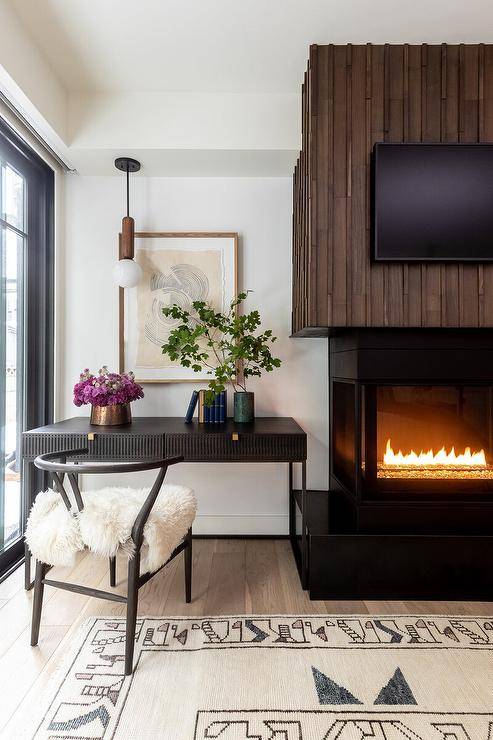
Incorporating Natural Materials
Natural materials are a cornerstone of the Japandi style. Wood, stone, and bamboo are commonly used to create a sense of connection with nature. These materials add warmth and texture to the space, making it feel inviting and grounded. When choosing decor, opt for handcrafted items that celebrate the beauty of natural imperfections.
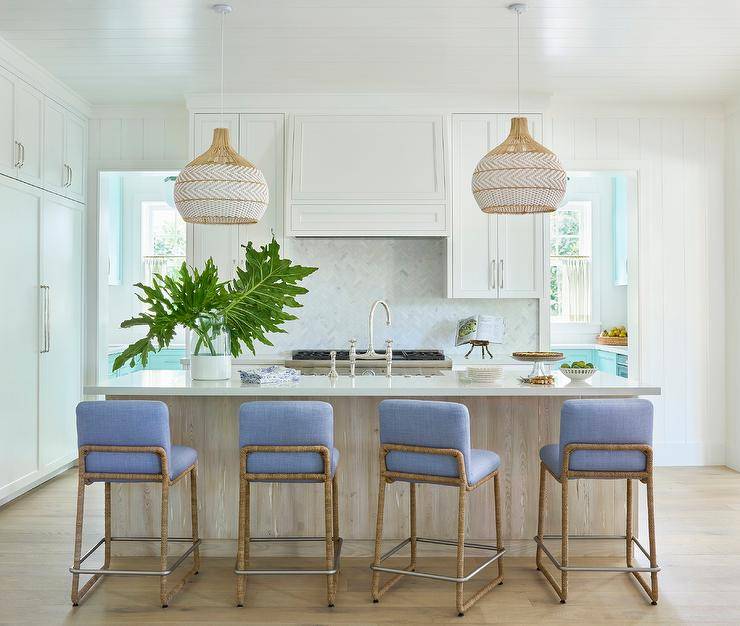
Creating a Cozy Atmosphere
While the Japandi style emphasizes minimalism, it also values comfort and coziness. To add warmth and texture, incorporate soft textiles such as linen, wool, and cotton. Layering different fabrics can create a cozy and inviting atmosphere without cluttering the space. Consider adding cushions, throws, and rugs in soft, neutral tones.
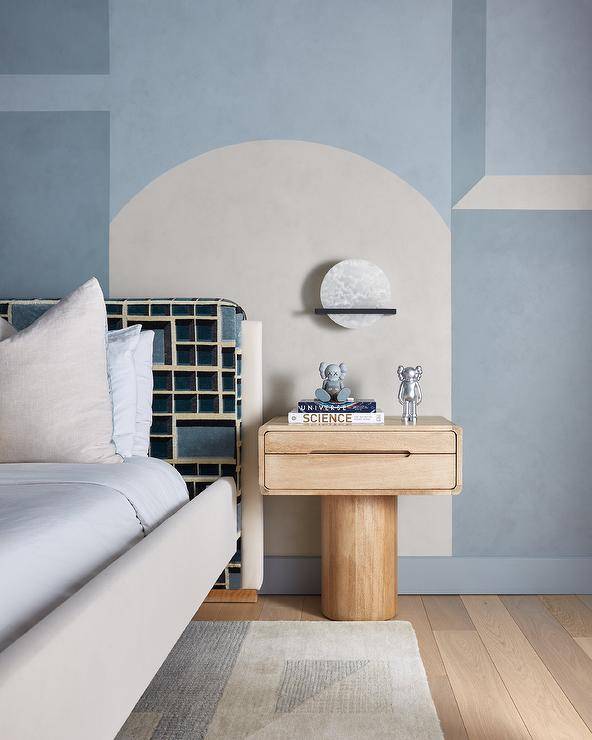
The Role of Lighting in Japandi Style
Lighting plays a crucial role in creating the right ambiance in Japandi style. Opt for soft, diffused lighting that creates a warm and inviting atmosphere. Use a combination of natural light, floor lamps, and table lamps to achieve a balanced and cozy feel. Avoid harsh, direct lighting that can disrupt the serene environment.
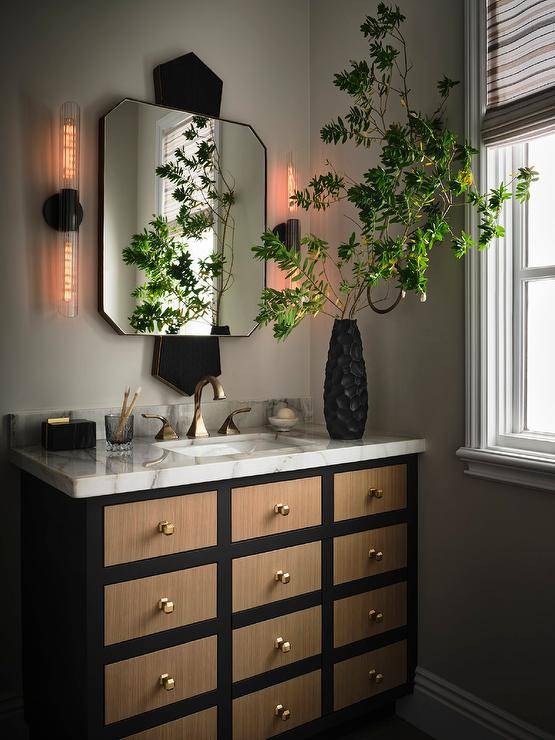
Bringing Nature Indoors
Connecting with nature is a fundamental aspect of Japandi style. Incorporate plants and greenery to bring life and freshness into your home. Choose simple and elegant plant arrangements that complement the minimalist aesthetic. Bonsai trees, succulents, and ferns are great options that add a touch of nature without overwhelming the space.
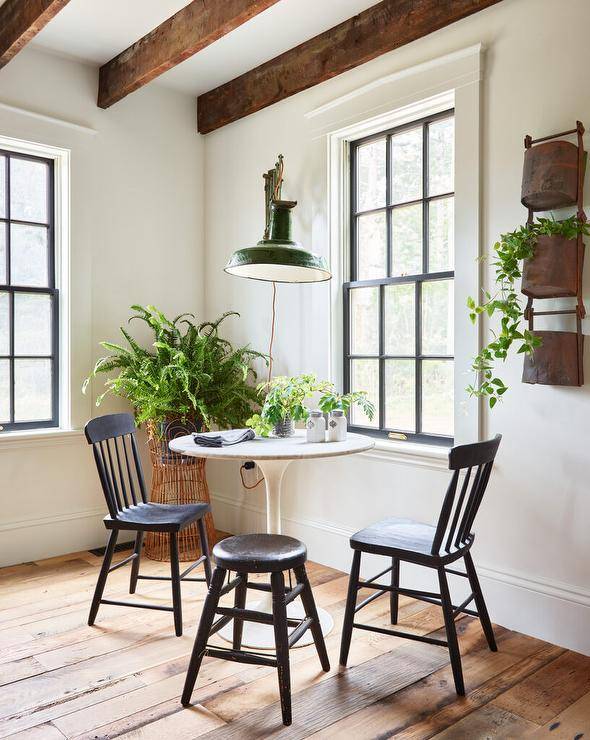
Related Articles
By embracing the principles of the Japandi style, you can create a home that is not only beautiful but also a sanctuary of peace and simplicity. Whether you’re starting from scratch or looking to refresh your current space, the tips and guidelines in this guide will help you achieve the tranquil elegance that Japandi style offers. So roll up your sleeves, start picking out new home decor, and take some inspiration from this stunning style.
Ready to bring new life to your home? Subscribe to our newsletter for exclusive interior design tips, trends, and ideas that will transform your space. Click here to subscribe!
Frequently Asked Questions (FAQs)
What is the main philosophy behind the Japandi style?
Japandi style combines the Japanese principle of “wabi-sabi,” which finds beauty in imperfection, with the Scandinavian concept of “hygge,” which emphasizes coziness and comfort. The result is a design aesthetic that focuses on simplicity, natural materials, and functionality.
Can I mix the Japandi style with other design styles?
While the Japandi style is quite distinct, it can be blended with other minimalist or nature-inspired styles. The key is to maintain the principles of simplicity and natural elements to ensure a cohesive look.
What are some common materials used in Japandi style?
Common materials include wood, stone, bamboo, and natural fibers like linen and wool. These materials help create a connection to nature and add warmth and texture to the space.
How can I add color to a Japandi-style home?
Stick to muted, neutral tones like beige, gray, and white as your base. You can add subtle pops of color with soft greens, blues, or earthy tones to create a harmonious and calming effect.
What types of plants are suitable for the Japandi style?
Simple and elegant plants such as bonsai trees, succulents, ferns, and other easy-to-maintain greenery work well. The goal is to bring a touch of nature indoors without overwhelming the minimalist aesthetic.
How do I keep my Japandi-style home clutter-free?
Regularly declutter and organize your space. Focus on quality over quantity when it comes to decor and furniture. Ensure that every item has a purpose and contributes to the overall sense of peace and well-being in your home.

